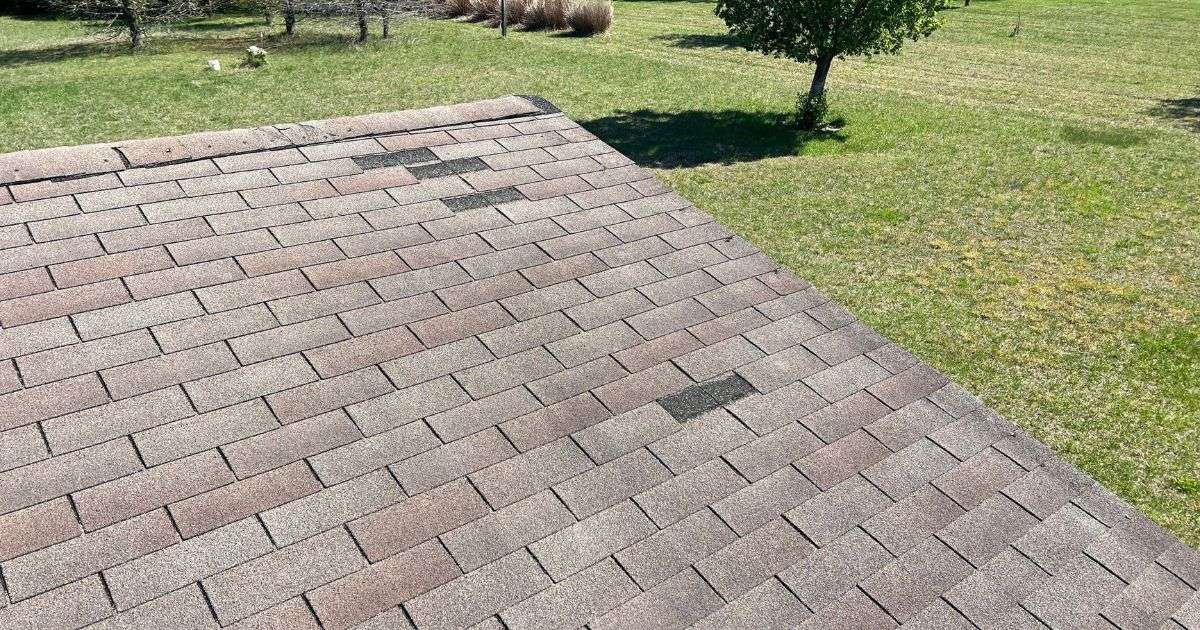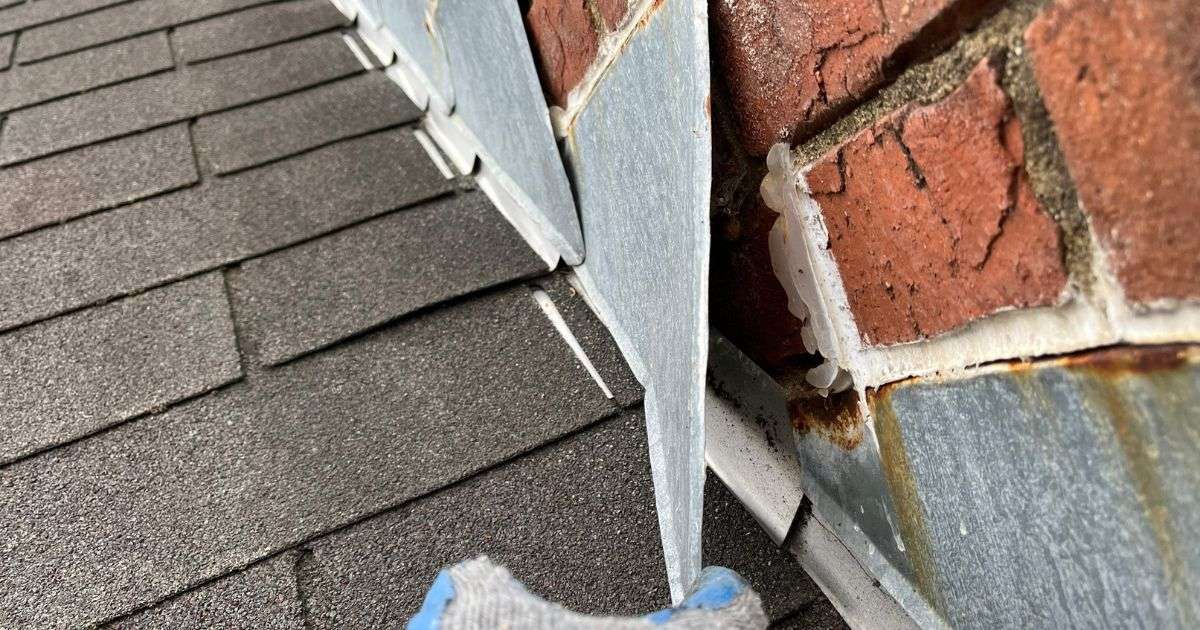Protect Your Roof from Wind Damage

Your roof is one of the most important parts of your home, acting as a barrier against the elements and protecting your family. But strong winds can seriously damage your roof, leading to expensive repairs or even a full replacement.
This guide explains how wind damages roofs and offers simple strategies to keep yours safe. By taking the right steps, you can extend your roof’s life, avoid costly repairs, and reduce stress.
How Wind Damages Your Roof
Before we get into prevention, it’s important to understand how wind can harm your roof. High winds from storms, hurricanes, or tornadoes put a lot of pressure on your roof, which can loosen, crack, or lift shingles. Once shingles are damaged, water can seep in, causing leaks, mold, and structural problems.
Debris is another big factor. Tree branches, roof tiles, or outdoor furniture blown by the wind can hit and damage your roof. Over time, even durable roofing materials can weaken from repeated exposure to strong winds, making them more likely to fail during future storms.
The age and condition of your roof also play a huge role. Moderate winds that wouldn’t affect a newer roof can cause serious damage to older roofs that are already worn or have existing issues. That’s why regular inspections and maintenance are key to keeping your roof in good shape.
Steps to Protect Against Wind Damage
Conduct Regular Roof Inspections

Regular roof inspections are one of the best ways to prevent wind damage, extend the lifespan of your roof, and save money in the long run. Scheduling professional inspections at least twice a year—in the spring and fall—and after major storms is crucial. These inspections allow professionals to identify small issues before they escalate into costly repairs. Common problems include loose or missing shingles, damaged flashing, cracked sealant, clogged vents, or sagging areas that could compromise your roof.
Even minor issues, such as a single loose shingle, can worsen during a storm, allowing strong winds and water to penetrate your roof and damage your home’s interior. Regular inspections not only help you stay ahead of potential problems but also provide peace of mind, knowing your home is prepared to withstand severe weather. In addition, many insurance companies look favorably on proactive maintenance, which could lower your premiums or make it easier to file a claim in case of damage.
Maintain Trees Around Your Property
While trees are great for adding beauty, shade, and value to your property, they can pose a significant risk during strong winds, especially if they are overhanging or unstable. Overhanging branches can scrape against your roof, damaging shingles and gutters, while weak or dying trees may snap or uproot, causing severe destruction to your home or power lines.
To minimize these risks, keep tree branches trimmed back at least 6–10 feet from your roof or siding. Regularly inspect trees on your property for signs of decay or instability, such as cracks, hollow trunks, leaning, or dead branches. Consult a professional arborist if you’re unsure about the health of a tree or if it needs pruning or removal. Taking action early can prevent damage and help ensure the safety of your home, family, and neighborhood.
Keep Gutters and Downspouts Clear
Clogged gutters are more than just a nuisance—they significantly increase the risk of wind and water damage to your home. When gutters and downspouts are blocked, water can pool on your roof, creating extra weight and stress, which may lead to leaks, lifted shingles, or structural damage. In colder climates, blocked gutters can also cause ice dams, which further damage shingles and roof edges.
To prevent this, clean your gutters regularly, especially in the fall when leaves accumulate, or after storms that may blow debris into them. Check for any sagging, cracks, or leaks, and make repairs as needed. Installing gutter guards or screens can reduce debris buildup and make maintenance easier. Properly maintained gutters ensure efficient water drainage and protect your roof, siding, and foundation from damage caused by storms.
Check Your Shingles and Their Wind Rating
Not all shingles are created equal when it comes to withstanding severe weather. Standard shingles may handle winds up to 60 mph, but high-wind-rated shingles can withstand gusts of 110 mph or more, making them a better choice for areas prone to storms or hurricanes.
Inspect your roof to assess the condition of your shingles. Look for signs of wear, such as curling, cracking, or missing shingles, which leave your roof vulnerable to damage. If you’re unsure of your shingles’ wind rating, consult a roofing professional for an evaluation.
If your current shingles are outdated or inadequate for your area’s weather conditions, consider upgrading to high-wind-rated shingles or more durable materials, such as metal roofing. While the upfront cost may be higher, it’s an investment that can save you from costly repairs and give you greater confidence during severe weather.
Inspect and Maintain Roof Flashing

Roof flashing is a vital component that protects vulnerable areas of your roof, such as around chimneys, skylights, vents, and roof valleys, from water infiltration. Over time, flashing can loosen, crack, or corrode, especially under the stress of strong winds and heavy rain. If left unchecked, damaged flashing can lead to leaks, mold growth, and even structural damage.
To keep your flashing in good condition, inspect it regularly for any signs of wear, lifting, or gaps. Pay special attention to areas exposed to frequent wind or heavy rainfall. If you notice any damage or suspect the flashing isn’t securely sealed, make repairs promptly or hire a professional to replace it. Taking care of your flashing is a small but crucial step in protecting your roof and home from severe weather damage.
Secure Outdoor Items and Structures
Unsecured outdoor items can turn into dangerous projectiles during high winds, causing significant damage to your roof, siding, or windows—or even injuring people nearby. Items like patio furniture, grills, garden tools, potted plants, and lawn decorations can quickly become hazards when storms roll in.
Before severe weather hits, take the time to store these items indoors, such as in a garage, basement, or shed. For larger items that can’t be moved inside, such as trampolines or pergolas, make sure they are properly anchored or weighted down to prevent them from being blown away. Additionally, inspect outdoor structures like sheds, fences, and gazebos to ensure they are stable and securely fastened. Reinforcing weak or unstable structures can prevent potential damage to your home or yard.
Taking these steps to secure your property not only protects your home but also ensures the safety of your family and neighbors during storms. By being proactive about storm preparedness, you can reduce the risks posed by high winds and safeguard your home against costly damage.
Work With an Experienced Roofing Contractor
A skilled roofing contractor is essential for keeping your roof storm-ready. They can perform inspections, suggest maintenance strategies, and handle any repairs or roof replacements you may need. Contractors can also recommend materials and designs that hold up better in high-wind areas, giving you added confidence when storms approach.
